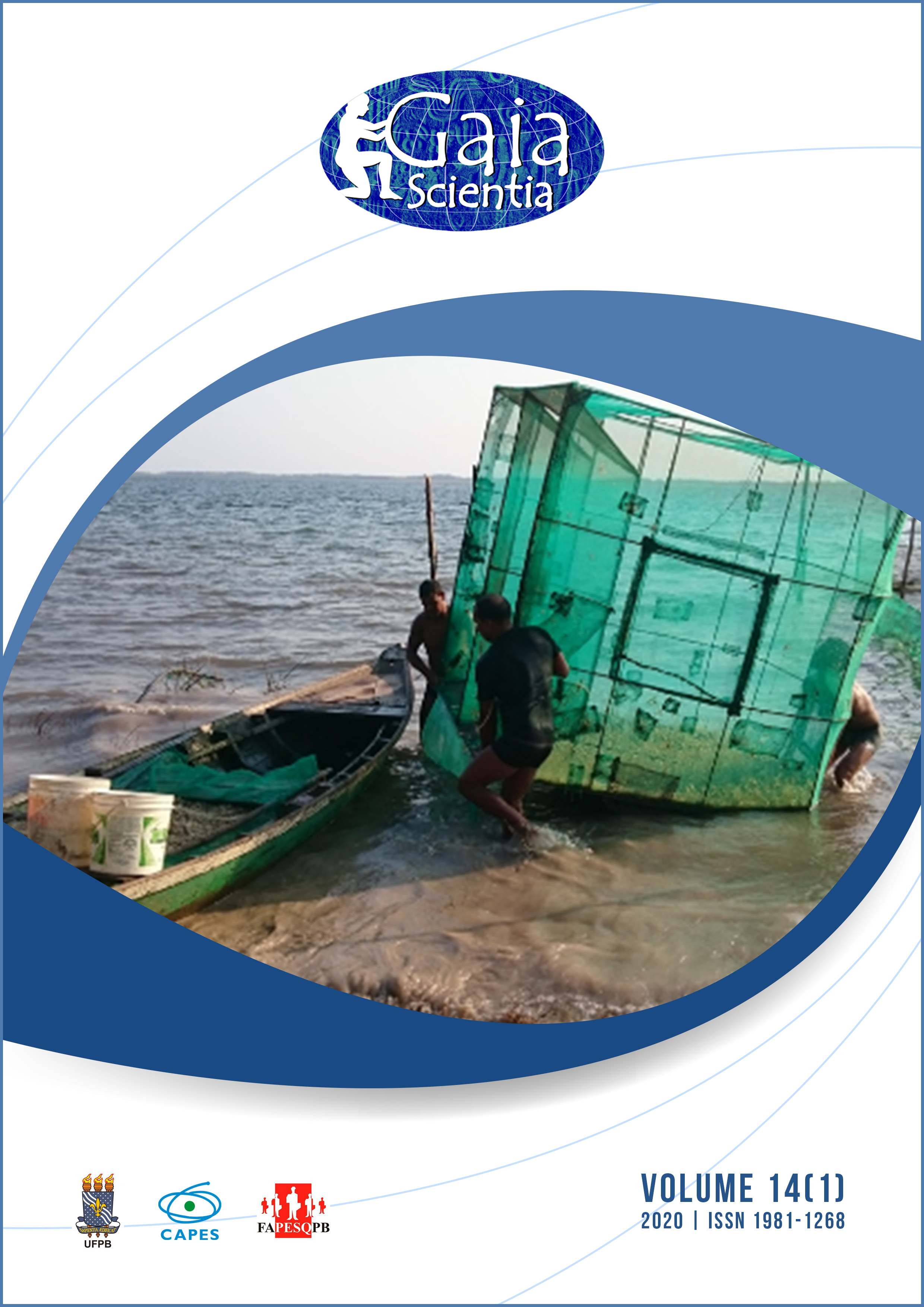Evaluation of risk factors for microcephaly at Cajazeiras - PB
DOI:
https://doi.org/10.22478/ufpb.1981-1268.2020v14n1.27850Abstract
Microcephaly is defined by the World Health Organization as a measure of head circumference equal to or less than 31.9 centimeters for the boys and, for girls, equal to or less than 31.5 centimeters in babies born after 37 weeks of gestation. Epidemiological data from the Health Surveillance Secretariat of the Ministry of Health (SVS / MS) reveal that before 2015 there was a regularity in the number of cases, with a maximum of 200 cases per year, increasing to 1,608 in 2015. In view of the relevance of the theme, through this study, a systematic analysis of the risk factors for microcephaly was carried out in the municipality of Cajazeiras - PB, so that, based on such data, it is possible to implement effective preventive actions. In this sense, the present study is a descriptive, exploratory research, with a qualitative approach to the data obtained from bibliographic research, systematic review and documentary research in the information systems of the Municipal Health Department of Cajazeiras – PB. It concludes that there is a worrying incidence of chickenpox and a high rate of building infestation by Aedes aegypti, revealing the need for preventive and informative actions.
Downloads
Published
Versions
- 2021-05-20 (2)
- 2020-03-31 (1)










